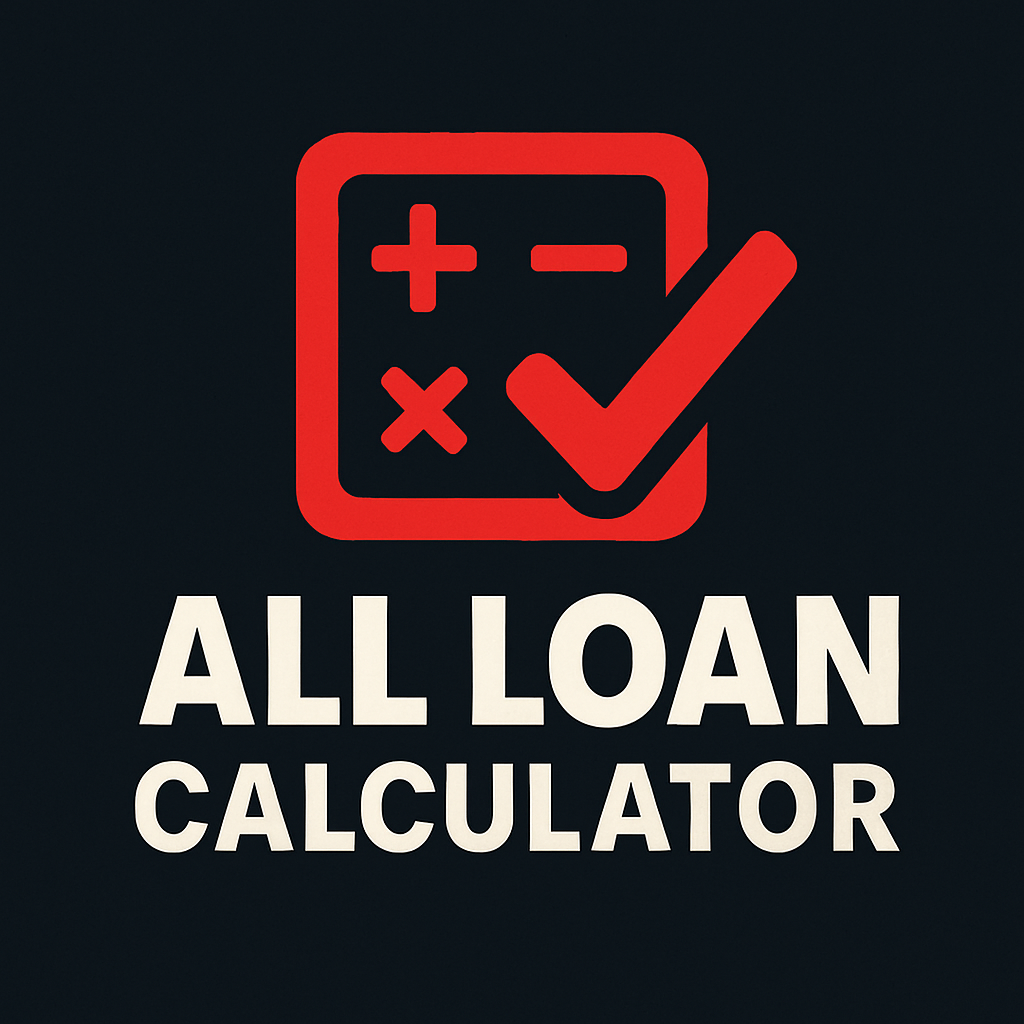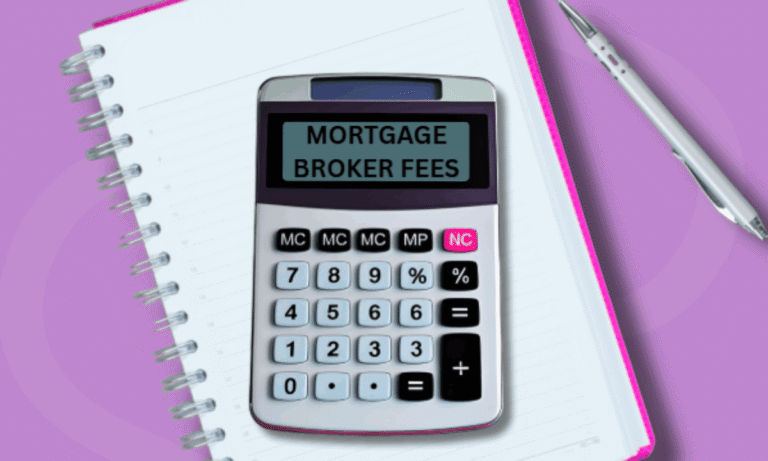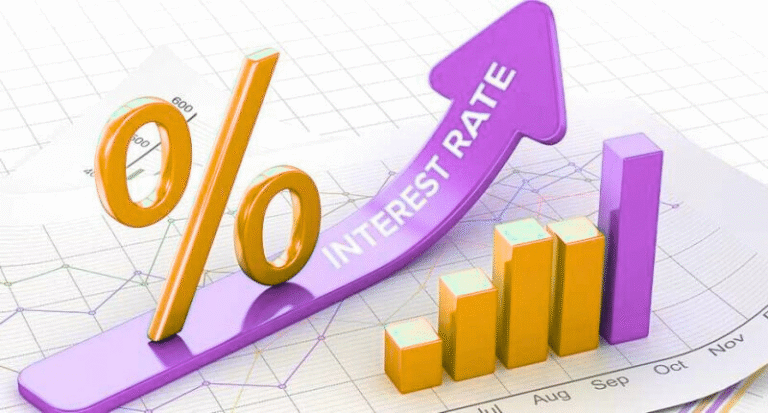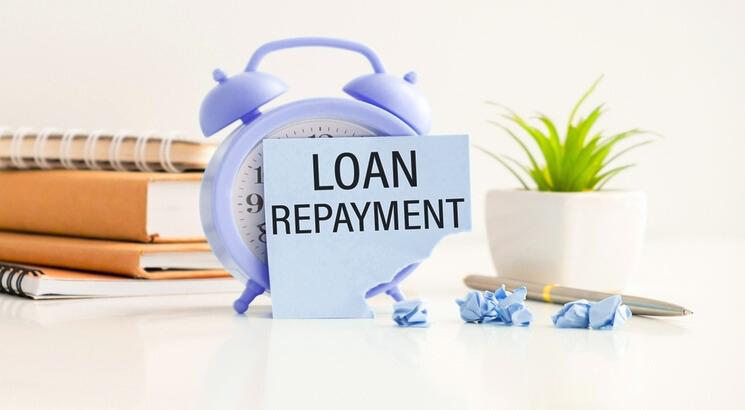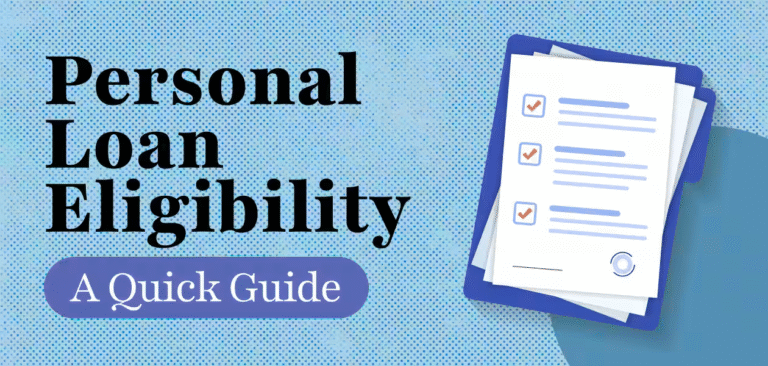Diploma of Finance and Mortgage Broking: A Complete Guide
The Diploma of Finance and Mortgage Broking is one of the most in-demand qualifications for individuals who want to build a career in the financial services industry, particularly in lending, mortgage advice, and credit assistance. This diploma not only provides technical knowledge but also equips you with the practical skills to work directly with clients, lenders, and financial institutions. Whether you are an aspiring mortgage broker or already working in finance and want to upskill, this qualification can be the stepping stone to a rewarding and stable career.
What is a Diploma of Finance and Mortgage Broking?
The Diploma of Finance and Mortgage Broking (commonly referred to as FNS50322 in Australia) is a nationally recognised qualification designed for professionals who want to provide credit and mortgage advice. It covers essential areas like loan structuring, compliance, customer service, financial planning, and risk assessment.
In simple terms, this diploma gives you the authority and knowledge to help clients secure loans for personal, business, or property purposes. It also ensures you understand regulations under the National Consumer Credit Protection (NCCP) Act, so you can operate legally and ethically.
Why Choose This Diploma?
1. Growing Demand for Mortgage Brokers
Australia’s property market continues to thrive, and most people turn to brokers for expert guidance when choosing a loan. According to industry reports, over 70% of Australians now rely on mortgage brokers instead of going directly to banks. This makes the diploma highly valuable for securing long-term career opportunities.
2. Career Versatility
Graduates can work as:
- Mortgage Brokers
- Finance Brokers
- Credit Officers
- Loan Processing Specialists
- Business Development Managers in Finance
3. Professional Recognition
Completing the diploma helps you meet membership requirements of professional bodies like the Mortgage & Finance Association of Australia (MFAA) or the Finance Brokers Association of Australia (FBAA). These memberships enhance your credibility and provide networking opportunities.
Skills You Gain with a Diploma of Finance and Mortgage Broking
When studying this qualification, you don’t just learn theory you develop real-world skills, such as:
- Client Needs Analysis: Identifying financial goals and recommending the most suitable loan products.
- Compliance and Ethics: Understanding ASIC regulations, responsible lending obligations, and anti-money laundering requirements.
- Credit Assessment: Evaluating loan applications and assessing risks for lenders.
- Loan Structuring: Designing tailored loan solutions for residential, commercial, or business clients.
- Relationship Building: Communicating effectively with clients, lenders, and stakeholders.
These skills are transferable, meaning they can also be applied in related fields like financial planning, small business consulting, or banking.
Entry Requirements
Most training providers in Australia have flexible entry requirements. Typically, you need:
- Completion of Year 12 or equivalent education
- Basic English and numeracy skills
- Access to a computer with internet (for online study)
Some providers also recommend prior work experience in finance, but it’s not mandatory. This makes the diploma accessible to school leavers, career changers, and professionals seeking formal qualifications.
Course Structure
The Diploma of Finance and Mortgage Broking (FNS50322) usually consists of 15 units of competency:
- Core Units: Cover topics like managing compliance, developing complex loan solutions, and applying ethical frameworks.
- Elective Units: May include advanced risk analysis, customer relationship management, or small business lending.
Typical Modules Include:
- Understanding the financial services industry
- Legislation and regulatory frameworks
- Loan structuring for individuals and businesses
- Developing and maintaining client relationships
- Identifying risks and mitigating strategies
- Providing credit assistance
- Applying principles of professional practice
Most students complete the diploma within 12–18 months, though many providers offer accelerated options (6–9 months).
Delivery Options
Training providers offer flexible study modes, such as:
- Online Learning: Self-paced with online support ideal for working professionals.
- Blended Learning: A mix of digital study materials and in-person classroom sessions.
- Classroom Training: Traditional learning environment, often in major cities.
Costs and Funding Options
The cost varies depending on the provider, ranging between AUD $2,500 and $5,500. Many institutions allow payment plans or offer government funding in some states. Employers may also sponsor the course for staff looking to upskill.
Career Pathways After Graduation
Completing this diploma unlocks numerous career opportunities:
- Mortgage Broker: Helping clients find suitable home loans.
- Finance Broker: Specialising in personal, commercial, or business finance.
- Credit Advisor: Assessing loan applications and advising on approvals.
- Banking Roles: Working in credit departments or loan processing.
Many graduates start their own brokerage firms after gaining some industry experience, making this diploma a gateway to entrepreneurship.
How Does It Differ from the Certificate IV in Finance and Mortgage Broking?
The Certificate IV (Cert IV) is the entry-level qualification, while the Diploma is more advanced.
| Feature | Certificate IV | Diploma |
| Level | Beginner | Advanced |
| Focus | Basic loan advice, entry-level compliance | Complex credit assessment, risk management |
| Career Roles | Mortgage/Finance Broker Assistant | Independent Broker, Business Loan Specialist |
| Duration | 6–12 months | 12–18 months |
If you want to provide more complex loan solutions and gain a competitive edge, the diploma is the better choice.
Steps to Enrol in the Diploma
- Research Providers: Compare RTOs (Registered Training Organisations) for cost, flexibility, and support.
- Check Entry Requirements: Ensure you meet the minimum literacy/numeracy standards.
- Select Study Mode: Choose between online, classroom, or blended.
- Enrol & Pay Fees: Complete your application and arrange payment.
- Begin Learning: Log in to your student portal and dive into the course content.
- Complete Assessments: Submit assignments, case studies, and exams.
- Graduate & Register: Apply for professional memberships and start your career.
Benefits of Completing the Diploma
- Industry Recognition – Stand out in a competitive market.
- Higher Earning Potential – Brokers earn commissions and fees based on loans settled.
- Job Security – The finance sector is resilient, even during downturns.
- Pathway to Business Ownership – Many brokers establish their own firms.
- Personal Growth – Gain confidence in dealing with financial decisions.
FAQs About the Diploma of Finance and Mortgage Broking
1. What is the difference between the diploma and certificate IV?
The certificate IV is entry-level, while the diploma covers advanced topics like complex lending, risk management, and compliance. The diploma also opens doors to senior roles.
2.What is the typical duration of the diploma?
Most students complete it within 12–18 months, but accelerated pathways allow faster completion.
3. Can I study online?
Yes, many providers offer fully online or blended learning options, making it easier for working professionals.
4. Is the diploma nationally recognised?
Yes, in Australia the FNS50322 diploma is a nationally accredited qualification under the Australian Qualifications Framework (AQF).
5. Do I need work experience before enrolling?
No, it’s not mandatory. However, having prior finance or sales experience can make the learning process easier.
6. What career roles can I get after completing the diploma?
You can work as a mortgage broker, finance broker, credit advisor, or start your own brokerage business.
7. How much can a mortgage broker earn in Australia?
Earnings vary, but successful brokers often earn six-figure incomes through commissions and repeat clients.
8. Can I upgrade from the certificate IV to the diploma?
Yes, many RTOs offer upgrade pathways where you can receive credit for units already completed.
9. What professional memberships can I apply for after completion?
You can apply to join the MFAA or FBAA, which are key industry associations.
10. Are there tools to help me compare courses or career outcomes?
Yes! You can use our finance and mortgage broking comparison tool to easily check course providers, costs, and potential career paths.
Conclusion
The Diploma of Finance and Mortgage Broking is more than just a qualification it’s a gateway to a thriving career in one of Australia’s most dynamic industries. Whether you want to work for a firm, become a trusted advisor, or run your own brokerage, this diploma equips you with the skills and credibility to succeed. With flexible study options and strong industry demand, there has never been a better time to invest in your future.
